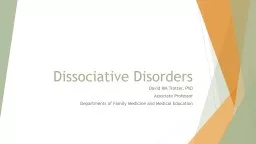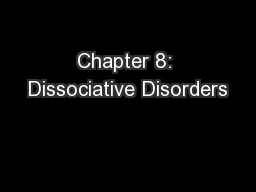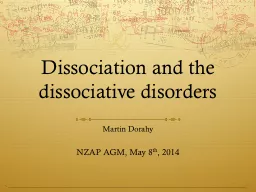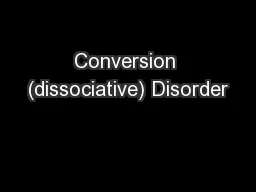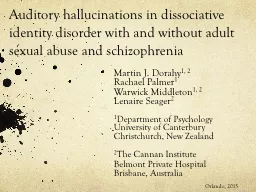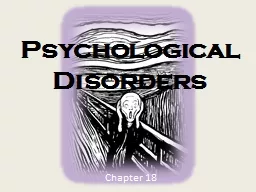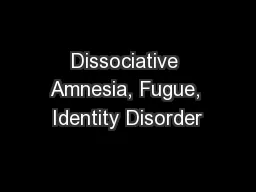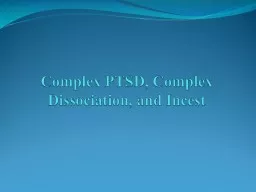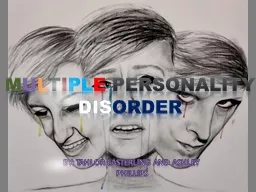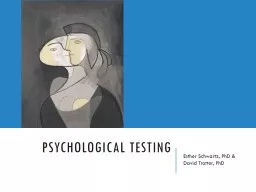PPT-Dissociative Disorders David RM Trotter, PhD
Author : esther | Published Date : 2022-06-11
Associate Professor Departments of Family Medicine and Medical Education Objectives By the end of this presentation you should be able to Discuss dissociation from
Presentation Embed Code
Download Presentation
Download Presentation The PPT/PDF document "Dissociative Disorders David RM Trotter,..." is the property of its rightful owner. Permission is granted to download and print the materials on this website for personal, non-commercial use only, and to display it on your personal computer provided you do not modify the materials and that you retain all copyright notices contained in the materials. By downloading content from our website, you accept the terms of this agreement.
Dissociative Disorders David RM Trotter, PhD: Transcript
Download Rules Of Document
"Dissociative Disorders David RM Trotter, PhD"The content belongs to its owner. You may download and print it for personal use, without modification, and keep all copyright notices. By downloading, you agree to these terms.
Related Documents

